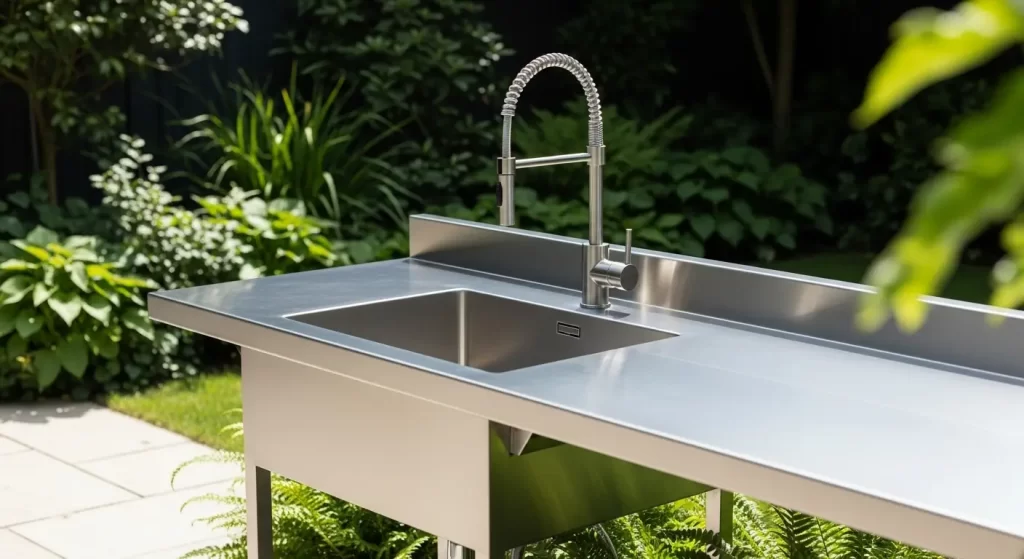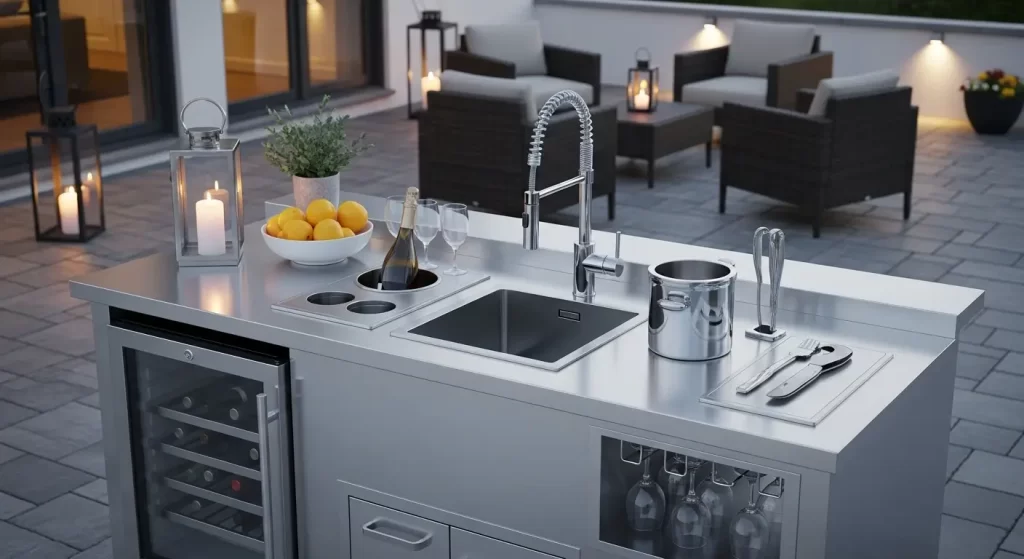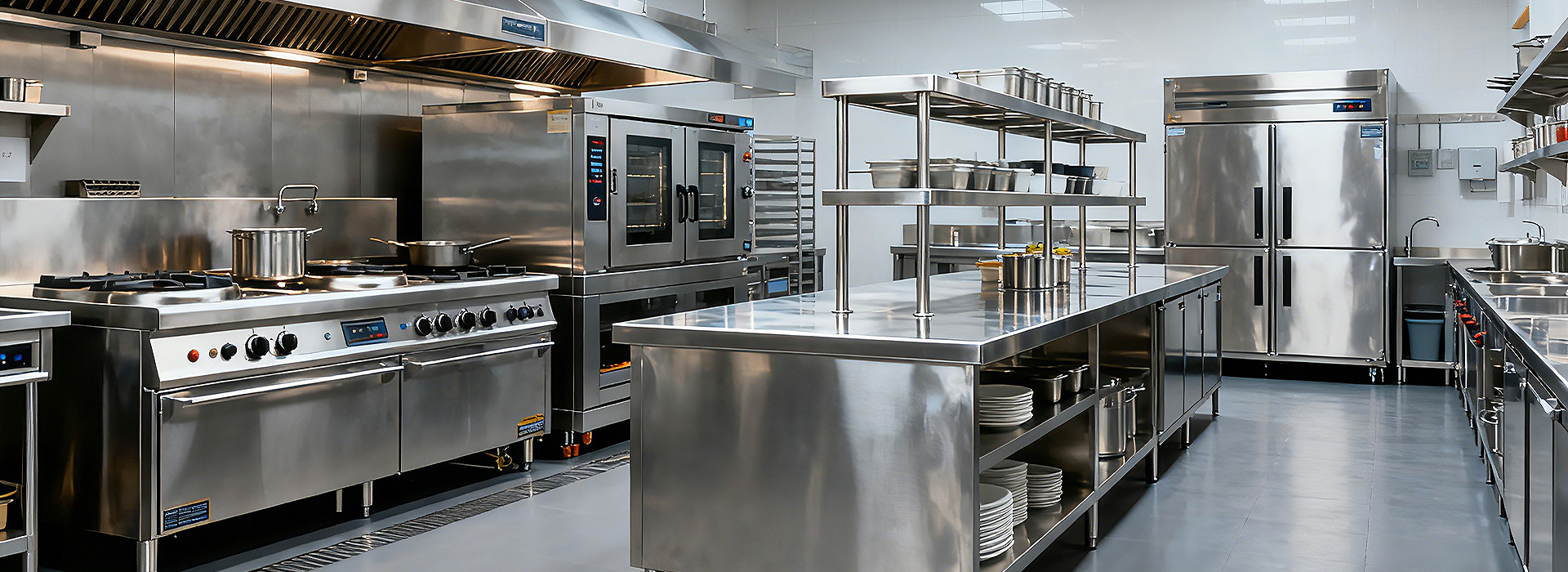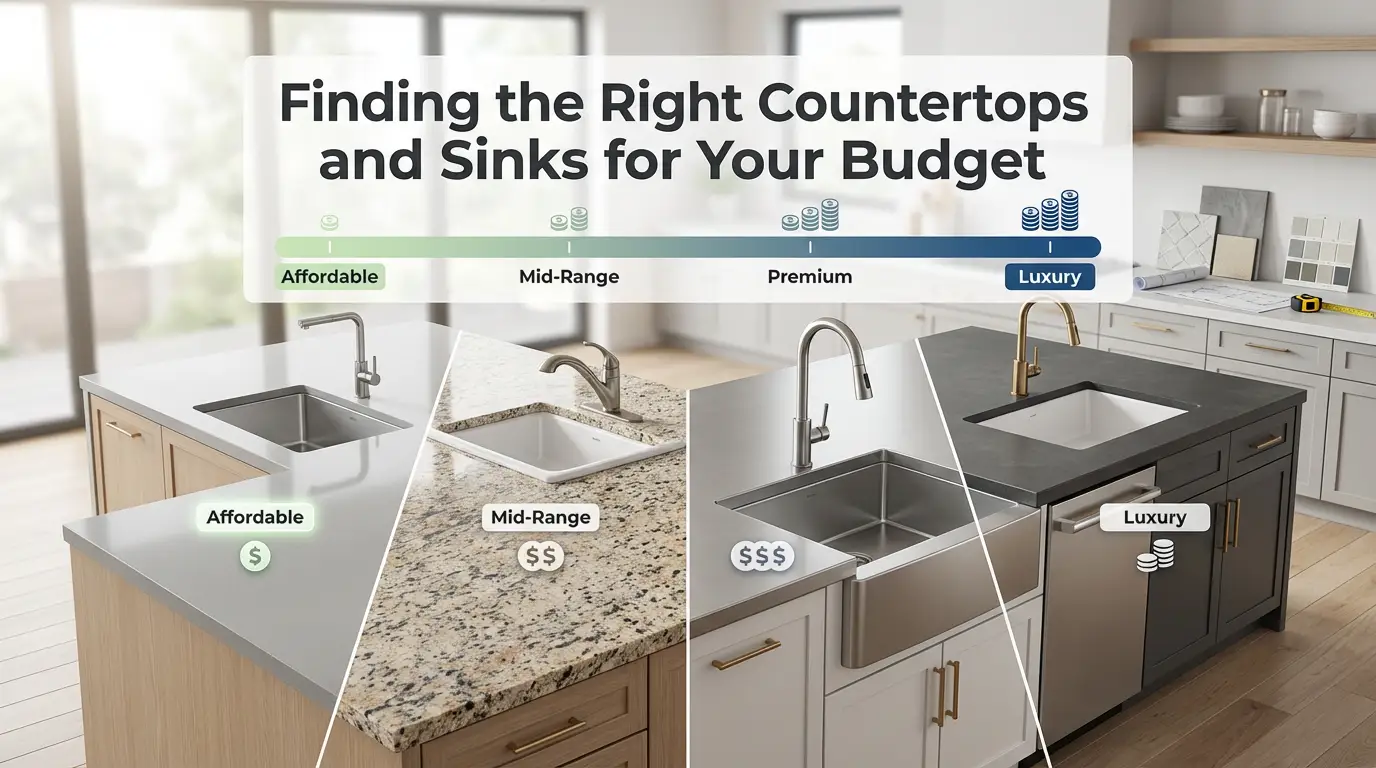Outdoor Sink Stations Guide: Backyard, BBQ & Patio Use
Outdoor sink stations provide dedicated water access in exposed environments, addressing limitations of indoor plumbing for tasks like rinsing garden tools or draining BBQ runoff. In backyards, they handle soil-laden items without tracking dirt indoors, reducing cleanup time by up to 30% based on user reports from outdoor design forums. For BBQ areas, these stations enable immediate post-cooking rinses, preventing grease buildup on surfaces and complying with basic food safety protocols. Patios benefit from compact models that support guest drink prep, minimizing trips to the kitchen during events.
Data from industry surveys indicate that 65% of outdoor space users cite water proximity as a top efficiency factor, with stations reducing cross-contamination risks in utility sink applications. Unlike basic hose bibs, outdoor sink stations integrate basins and faucets for controlled flow, essential for scenarios involving chemicals or high volumes. This setup supports diverse uses, from pet washing in residential yards to tool maintenance in semi-commercial patios, ensuring compliance with drainage codes while optimizing space.
Types & Selection Criteria for Outdoor Sink Stations
Selecting an outdoor sink station requires matching type to intended loads, with distinctions based on basin depth, mounting, and flow rates. Utility sinks prioritize volume for heavy rinsing, while specialized variants address niche needs.
Understanding Key Types
- Utility Sinks: Feature deep basins (12-24 inches) for large items like mop heads or boots; suitable for garage sink or backyard tool cleaning where durability against impacts is key.
- Laundry Sinks: Shallower at 8-12 inches, focus on fabric handling and stain pretreatment; often include integrated cabinets for storage in patio laundry utility sink setups.
- Mop Sinks: Include high-arc faucets (8-12 inches clearance) and floor sink drains for bucket filling; ideal for commercial mop sink tasks in BBQ cleanup zones.
- Hand Sinks: Emphasize quick access with ADA-compliant heights (34 inches) and low-flow rates (0.5 GPM); used in handwash sink stations for patio hygiene checks.
These types overlap in stainless steel sinks but differ in ergonomics:
- utility sinks handle 20-50 gallons per use
- laundry sinks 10-20 gallons,
- mop sinks focus on overflow prevention
- hand sinks on touchless operation
For outdoor sink station integration, prioritize corrosion-resistant finishes to withstand UV and moisture.

Material & Gauge Comparison
Material choice affects longevity in variable weather, with stainless steel dominating due to its 18% chromium content forming a passive oxide layer that resists pitting corrosion—unlike cast iron, which requires enamel coatings prone to chipping. Granite composite offers thermal stability (up to 500°F) for hot BBQ rinses but weighs more (50-70 lbs per basin).
For stainless steel, gauge measures thickness: lower numbers indicate denser metal.
| Material | Gauge/Thickness Example | Durability (Outdoor Exposure) | Maintenance Needs | Cost Range (per Basin) |
|---|---|---|---|---|
| Stainless Steel | 16-gauge (0.063 in/1.59 mm) | High: Resists dents, noise; 10-15 year lifespan | Wipe with mild soap; avoid abrasives to preserve chromium layer | $150-400 |
| Stainless Steel | 18-gauge (0.047 in/1.2 mm) | Moderate: Thinner, more flexible but prone to vibration | Similar, but reinforce undercoating for sound dampening | $100-300 |
| Granite Composite | N/A (solid composite) | High: Scratch-resistant, non-porous | Seal annually; heat-tolerant | $200-500 |
| Cast Iron | N/A (enameled) | Low-Moderate: Heavy but rusts if chipped | Re-enamel every 5 years | $80-250 |
16-gauge outperforms 18-gauge in drop tests (withstanding 50% more force before denting), per manufacturer specs, making it preferable for high-traffic outdoor sink station like those in BBQ areas. Chromium’s role: at 10.5% minimum, it enables self-healing oxidation, preventing rust in humid patios.
Sizes, Prices & Key Features Overview
Common sizes range from small (16×18 inches) for corner sink kitchen fits to large (36 inch sink) for three compartment sink stations. Prices vary by material and features: basic stainless utility sink at $100-200, premium with drainboard sink at $400-800.
| Size (WxD inches) | Capacity (Gallons) | Typical Price | Key Features | Best For |
|---|---|---|---|---|
| 16×18 | 5-7 | $150-250 | 304 stainless, undermount | Small bar sink, patio prep |
| 21×20 | 8-10 | $200-350 | Drop-in, faucet included | Utility sinks, backyard rinsing |
| 24×18 | 10-12 | $250-450 | 16-gauge, weatherproof | Commercial sink, BBQ stations |
| 30×20 | 12-15 | $300-600 | Granite, deep basin | Laundry sinks, large patio loads |
| 36×20 | 15-20 | $400-800 | Double sink, ADA height | 3 bay sink, multi-task areas |
These configurations emphasize 304-grade stainless for marine environments, with modular kits for easy scaling. Factor local codes for ada sink requirements in public patios.
Planning & Installation of Outdoor Sink Stations
Effective planning minimizes errors, starting with code checks for backflow prevention and electrical proximity.
Site Selection and Preparation
- Select sites 5-10 feet from structures to avoid moisture damage, ensuring level ground for freestanding utility sink stability.
- In backyards, position near gardens for easy access to deep utility sink; for patios, use wall mount sinks to save floor space.
- Prepare by marking utilities (call 811), digging trenches 12-18 inches deep below frost line (varies by region, e.g., 36 inches in northern zones), and gathering tools: pipe cutter, level, PVC primer.
- Obtain permits for drainage alterations, especially gray water systems.
Water Supply and Drainage Solutions
Supply lines use 1/2-inch PEX tubing for flexibility, connected via shutoff valves to prevent winter bursts. Drainage requires 1/4-inch per foot slope to avoid pooling—critical for floor sink drain in rainy climates. Options include:
- Direct sewer tie-in for urban patios.
- Dry well (gravel-filled pit, 3-4 feet deep) for backyard absorption, handling 50-100 gallons daily.
- Gray water systems diverting to mulch basins for irrigation, compliant in 40+ states but filtered to avoid pathogens.
For frost protection, insulate pipes with foam sleeves (R-5 rating) and install heat tape (5-8 watts/foot). Test flow at 2-4 GPM for adequate pressure.
Installation Methods
Drop-in sinks clip into countertops for quick setup (30-60 minutes), ideal for DIY patio sink with cabinet installs—cut hole to basin rim, seal with silicone. Undermount requires under-counter clips and epoxy, suiting seamless stainless undermount sink looks but needing pro tools for precision. Freestanding utility sinks bolt to concrete pads, bypassing counters for garage utility sink mobility. Steps:
- Position basin, mark cutout.
- Install faucet and strainer.
- Connect 3/4-inch drain tailpiece to trap.
- Route pipes with unions for service.
- Caulk edges, test for leaks under 20 PSI.
For outdoor sink station, add overflow ports to prevent spills in BBQ zones.

Maintenance & Troubleshooting for Outdoor Sink Stations
Regular protocols extend service life, focusing on material-specific care.
Routine Cleaning and Sanitation
- Clean stainless steel sinks weekly with pH-neutral soap (e.g., 7.0-8.0) and microfiber cloths to maintain the chromium oxide layer, avoiding steel wool that scratches and exposes metal.
- For granite composite, use stone-safe cleaners quarterly.
- Disinfect hand sinks daily in high-use patios with EPA-approved solutions (1:10 bleach), rinsing thoroughly.
- Empty sink basket strainer after uses to prevent clogs in commercial stainless sink setups.
Seasonal Protection
- In cold regions, drain lines fully before freezes by opening faucets and valves, using compressed air (30 PSI) for residuals.
- Insulate exposed pipes and basins with covers for laundry tub sink storage.
- Summer checks include inspecting seals for UV degradation, reapplying silicone as needed.
- For gray water systems, flush filters monthly to sustain percolation rates.
Common Issues and Fixes
- Clogs in mop sinks from debris: use enzyme cleaners (e.g., bio-based, 1 cup overnight) before plungers; persistent cases require 1.5-inch auger.
- Rust spots on metal sink surfaces: buff with baking soda paste, then rinse—indicates gauge thinness, upgrade to 16-gauge if recurring.
- Leaks at drainboard sink joints: tighten with 1/4-turn wrench, replace gaskets (rubber, 1/8-inch thick).
- For ada compliant sink height adjustments, shim legs 1-2 inches.
- Track issues in a log for warranty claims, typical coverage 5-10 years.
Application Scenarios
- In backyard settings, a 21×20-inch stainless steel outdoor sink supports garden tool rinsing, as seen in HGTV’s 2025 outdoor remodel series where users reported 40% less indoor mess from muddy equipment.
- For BBQ areas, a three bay sink configuration handles meat prep and grease disposal, mirroring Pinterest examples of integrated stations that cut cleanup by 25 minutes per session via dedicated prep sink basins.
- Patio entertainment benefits from wall mount sinks for quick handwash sink access, like Architectural Digest’s featured designs where compact 16×18 models facilitated 20-person events without service interruptions, incorporating gray water diversion for eco-friendly drainage.
Conclusion
This guide equips decision-makers with technical specifics for outdoor sink station implementation, from gauge-driven durability to slope-ensured drainage. Align choices with site demands and codes for reliable performance.
For tailored solutions, contact us at https://www.xstainless.com/.






